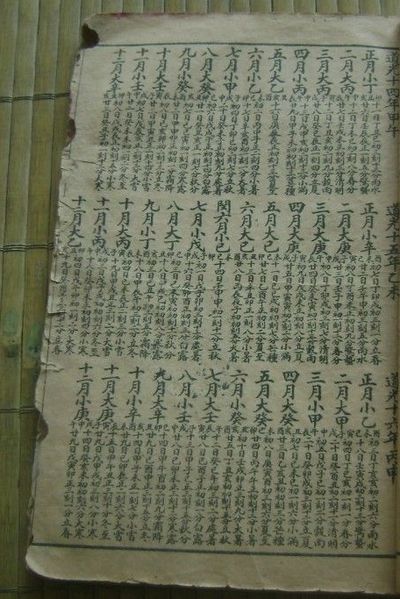The traditional Chinese calendar divides a year into 24 solar terms. Dōngzhì, Tōji, Dongji, Tunji, or Đông chí is the 22nd solar term, and marks the winter solstice. The term begins when the Sun reaches the celestial longitude of 270° and ends when it reaches the longitude of 285°. In the Gregorian calendar, it usually begins around 21 December and ends around 5 January.
Sunlight directed through the 17 arches of Seventeen Arch Bridge, Summer Palace, Beijing around winter solstice
The traditional Chinese calendar is a lunisolar calendar, combining the solar, lunar, and other cycles for various social and agricultural purposes.
More recently, in China and Chinese communities the Gregorian calendar has been adopted and adapted in various ways, and is generally the basis for standard civic purposes, though also incorporating traditional lunisolar holidays. Also, there are many types and subtypes of the Chinese calendar, partly reflecting developments in astronomical observation and horology, with over a millennium's worth of history. The major modern form is the Gregorian calendar-based official version of Mainland China, though diaspora versions are also notable in other regions of China and Chinese-influenced cultures; however, aspects of the traditional lunisolar calendar remain popular, including the association of the twelve animals of the Chinese Zodiac in relation to months and years.

Page of a Chinese calendar containing monthly information in the years Daoguang 14–16, corresponding to 1834–1836
Hubei military government founded ROC Gazette (中華民國公報), dated YE 4609-10-15 (黃帝紀元4609年10月15日, yyyy-mm-dd)



